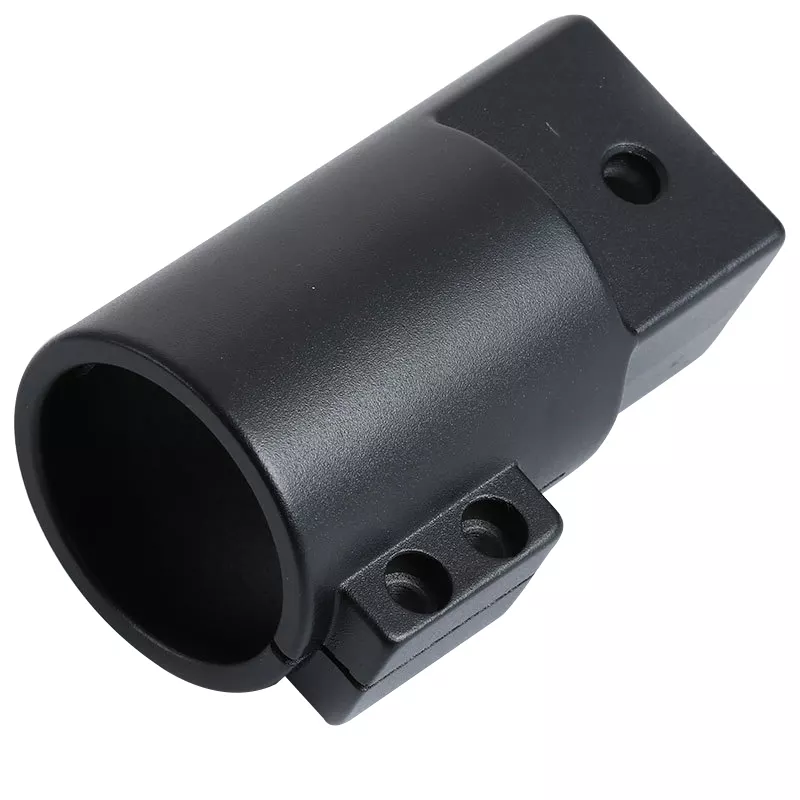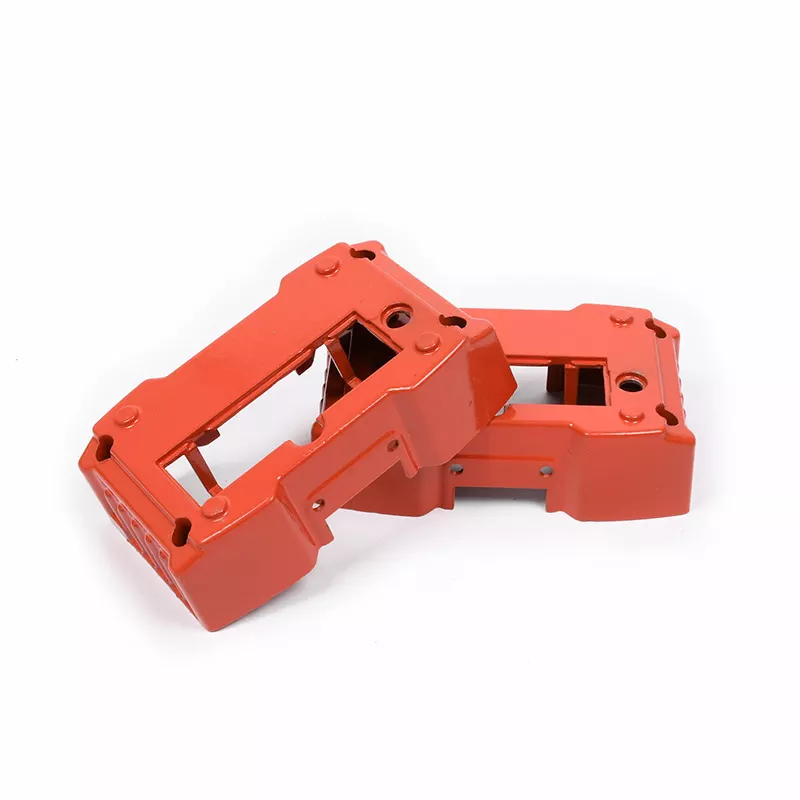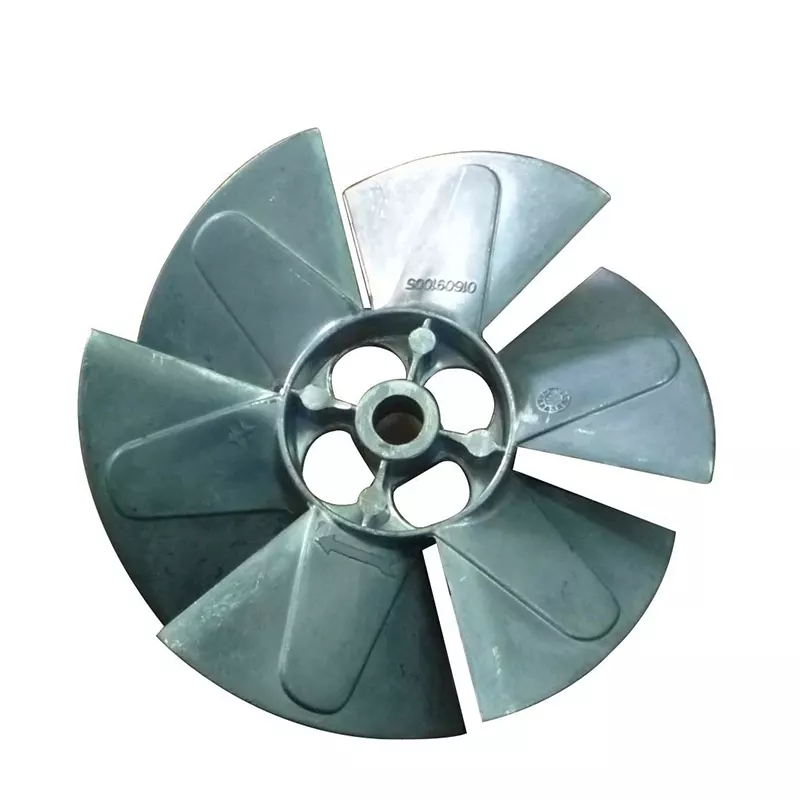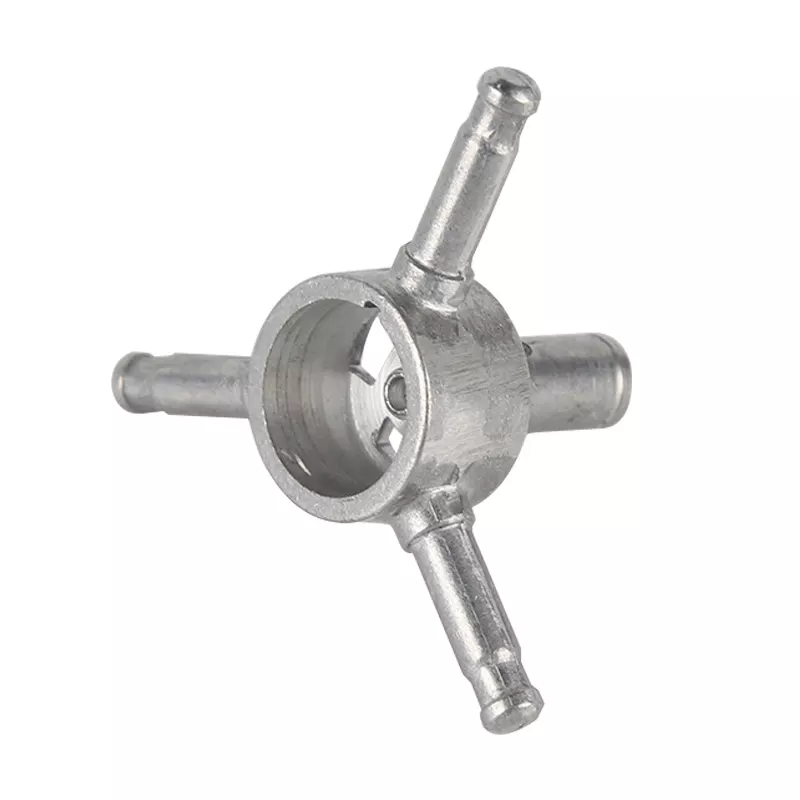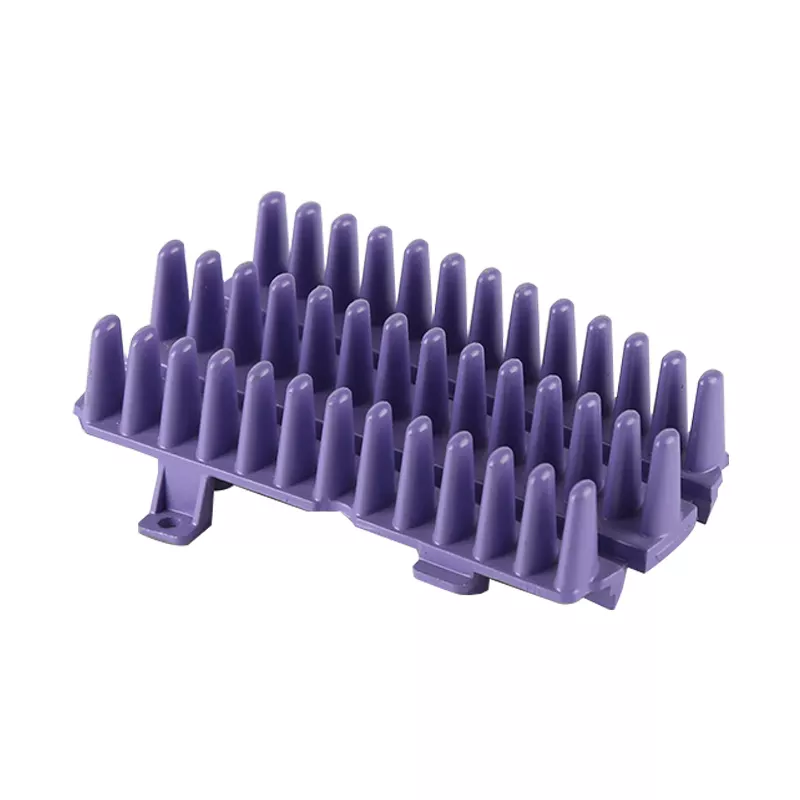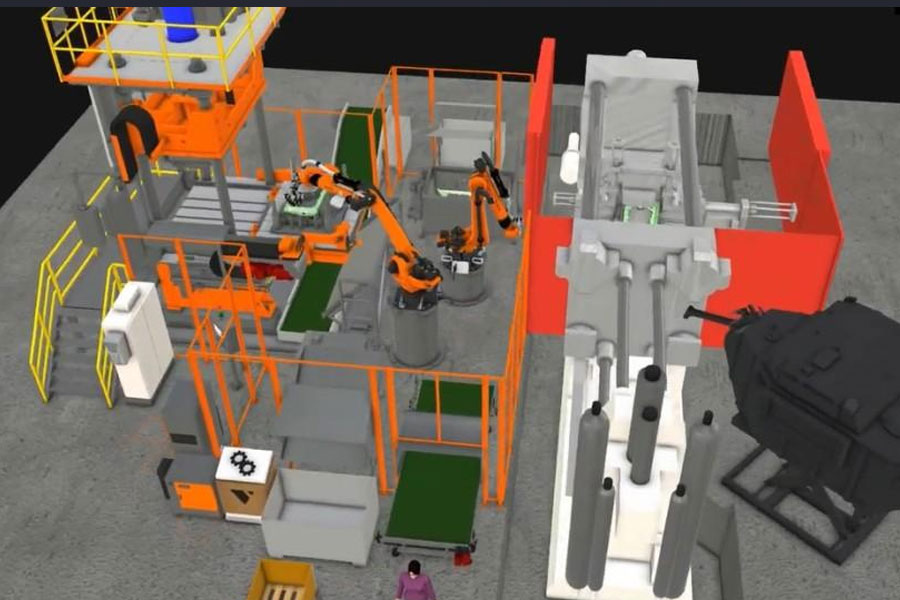
In the field of cylinder block production, ordinary sand cast iron cylinder blocks have the advantages of simple process, low cost, good rigidity and heat resistance, but there is also a shortcoming, that is, the weight is too large.
If you divide the crankshaft below the cylinder block and the cylinder liner above the cylinder block in two, use aluminum alloy below and cast iron on the top, you can do two things with one stone, which not only reduces the quality of the cylinder block, but also maintains the advantages of the cast iron cylinder block.
The lower cylinder refers to the lower part of the crankshaft of the engine after such a division into two. Because the lower cylinder body is a thick-walled part, and the wall thickness varies greatly, it is very difficult to die-cast molding. We learned from relevant domestic and foreign experience, designed and developed a set of lower cylinder die-casting technology for a 1.5T engine, and the test was very successful.
1. Difficulties in die casting of aluminum alloy lower cylinder block
The aluminum alloy lower cylinder casting mass is 8.4kg, the outline size is 382mm×258mm×67mm, the die casting mass is 11.1kg, the material is A380, and the average wall thickness is 7.2mm. Since the lower cylinder block is connected to the crankshaft, a cast iron insert needs to be placed at the bottom.
The die-casting process of the lower cylinder body casting is complicated, and the main difficulties are as follows:
2. Key points of die casting technology of aluminum alloy lower cylinder block
According to the test analysis, we believe that the main technical points of the die-casting production of the lower cylinder block are as follows:
In the process of die casting of the lower cylinder, scientific and reasonable process parameters are the guarantee for obtaining high-quality lower cylinder. We believe that the following process parameters are the key influencing factors for casting molding:
3. Defects in die casting of aluminum alloy lower cylinder and countermeasures
After the casting was formed, we performed X-ray inspection on the casting and found that the casting had some internal defects, such as shrinkage cavities, pores, and shrinkage porosity.
In order to improve defects and improve quality, we have proposed corresponding countermeasures, the main directions of which are as follows:
4. Conclusion
In recent years, with the advancement of my country's energy saving and emission reduction policies and the general trend of automobile lightweight, aluminum alloy materials are used more and more widely in automobiles, and more and more auto parts are formed by die-casting, including the core components of automobiles— engine. At present, the use of aluminum alloy casting lower cylinder has become a trend, which can reduce the weight of the cylinder and obtain a better quality of the cylinder. However, due to the complex structure of the lower cylinder body and the large difference in wall thickness, the die-casting of the aluminum alloy lower cylinder body is more difficult.
Through experimental research, this paper analyzes the difficulties in die casting technology of aluminum alloy lower cylinders, and proposes a scientifically designed cylinder die casting casting system, using tooth-shaped chilled exhaust block vacuum die casting technology to preheat the inserts and other aluminum alloys. Key points of die-casting technology of lower cylinder block. In addition, it also summarizes the die casting defects of aluminum alloy lower cylinder block, such as shrinkage cavities, pores, shrinkage porosity and so on, and proposes related countermeasures, which provide a theoretical reference for the die casting of automotive engine aluminum alloy lower cylinder block.




